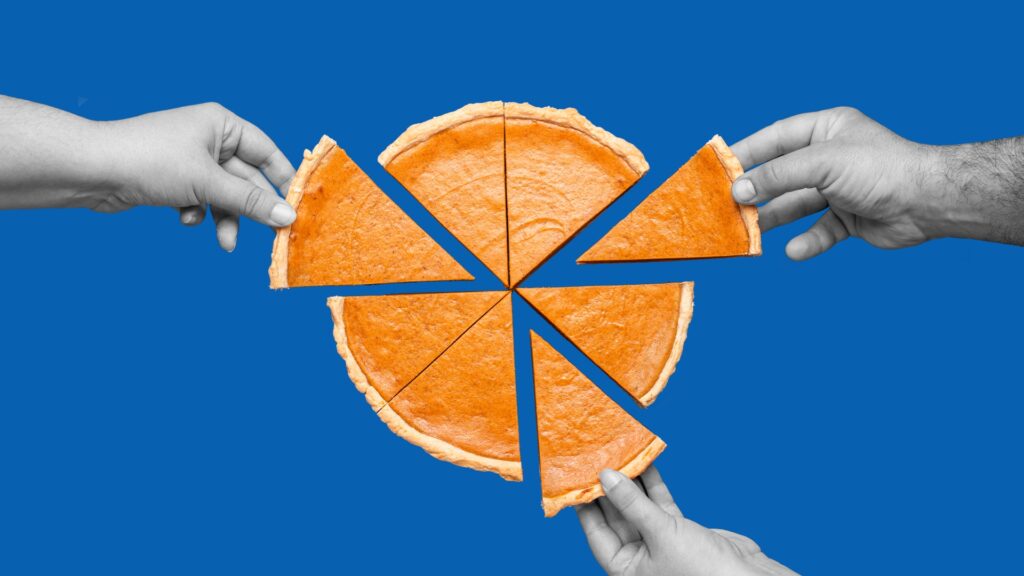Local TV Advertising Costs: 10 Factors to Consider
by Frankie Karrer
1 Min Read
From social to streaming to videogames, everyone is doubling down on CTV tactics

4 Min Read
We talk a lot about how Connected TV’s growth explosion has changed the world of advertising. And while the world of CTV continues to change and evolve, the platform’s success is now influencing other industries as well. Regardless of industry, the lessons learned from CTV’s success are shaping business decisions and molding the future of media. For consumers, this is welcome news. For advertisers, it’s even better.
Other industries emulating CTV’s strengths and strategies not only legitimize the platform further, it gives brands more omnichannel opportunities to supplement their CTV campaign strategies. For advertisers, there have never been more ways to target and reach today’s consumer and their varied interests.
Twitter has been making headlines recently for its potential acquisition by billionaire Elon Musk, who publicly stated that he intends to purchase the platform to make fundamental changes to how it serves content. This desire to change Twitter has some advertisers nervous about the future of the platform, with many not wanting their messages to sit alongside content that clashes with their company or customer values. Fearing the lack of brand safety, some advertisers have even begun to shift ad dollars away from the platform towards other paid media channels or marketing buckets entirely.
In an attempt to slow down brands jumping ship, Twitter recently appeared at the Digital Content NewFronts to pitch its upcoming premium content slate. Finding itself in a new position, convincing advertisers that it’s still relevant and brand-safe, Twitter ended up competing with larger streamers and media companies like Roku, Amazon, and NBCU. The company did announce partnerships and original video content with Condé Nast, Wired, Bon Appetit, and The New Yorker in an attempt to demonstrate how other brands still trust the service. The question remains as to whether this was enough to woo advertisers, though with its focus on partner channels and video—as well as targeted advertising and measurement – Twitter looked a little more like CTV at NewFronts.
Microsoft’s Xbox division has a long history of attempting to become the center of the living room and a necessary multimedia device with checkered success. This time they’re taking a different approach, but one that might sound familiar. The Xbox brand has both been facing supply-chain chip shortages that make consoles hard to produce and simultaneously investing heavily in cloud technology. Now, those two topics are poised to come together as it is being reported that Microsoft is ready to unveil an Xbox streaming device and streaming app.
The device and app, which is exclusive to Samsung smart TVs, removes the need for an expensive console– like how streaming services migrated from DVD and Blu-ray players and into smart TVs or OTT sticks. For Microsoft, who has surely been watching the rise of Connected TV with interest, the time is right—they’ve also recently announced an initiative that lets brands advertise in-game. And for CTV, it’s both one more indication of the platform’s success and a potentially viable counterpart. Both Xbox streaming and CTV as a whole complement each other, giving advertisers the ability to target today’s consumer who has varied hobbies and likely participates in both active and passive entertainment. And with omnichannel marketing increasingly becoming part of every advertiser’s toolkit, it opens the door to creating strategies that target and retarget consumers across both platforms.
It’s not just CTV-adjacent industries that are finding new ways to attract advertisers. Crackle Plus, a streaming service owned by parent company Chicken Noodle Soup for the Soul Entertainment, made several announcements during its NewFronts presentation. First, the company announced an expansion of its AVOD offerings. Adding to its lineup of Crackle, Chicken Soup for the Soul, and Popcornflix, the company announced five more FAST additions to its lineup, as well as unveiled an increase of over 100,000 hours of original content from sister company Screen Media Ventures. Additionally, Crackle is taking a page from other services by offering a loyalty program, updated apps, and a branded content studio for marketers. Led by the head of branded entertainment at Crackle Plus, the branded content studio will also provide advertisers with measurable data and insights.
For Crackle, which has always been an AVOD platform, the industry’s shift to supporting free ad-supported channels has turned them from an outlier to a soothsayer – and they continue to keep advertisers top of mind for every development. And in a sign of just advertiser-friendly CTV has become, streaming services are becoming divided on the most effective way to serve ads. Commenting on Netflix’s new ad strategy, Crackle Plus President Philippe Guelton didn’t hold back. “I still think that offering a second tier, still paid with ads, to me is even worse, the worst-case scenario for consumers, where they have to pay and watch ads, and you’re back to the cable days where you had to pay a subscription and watch all these ads. So that’s why we’re doing the total opposite way,” Guelton said.